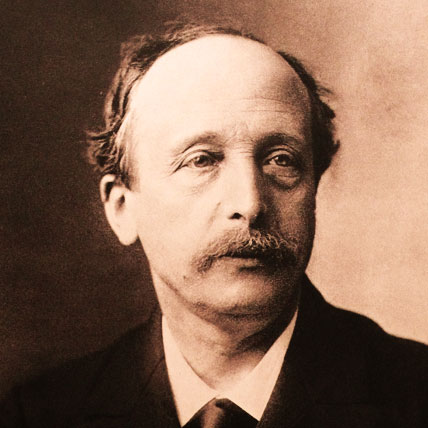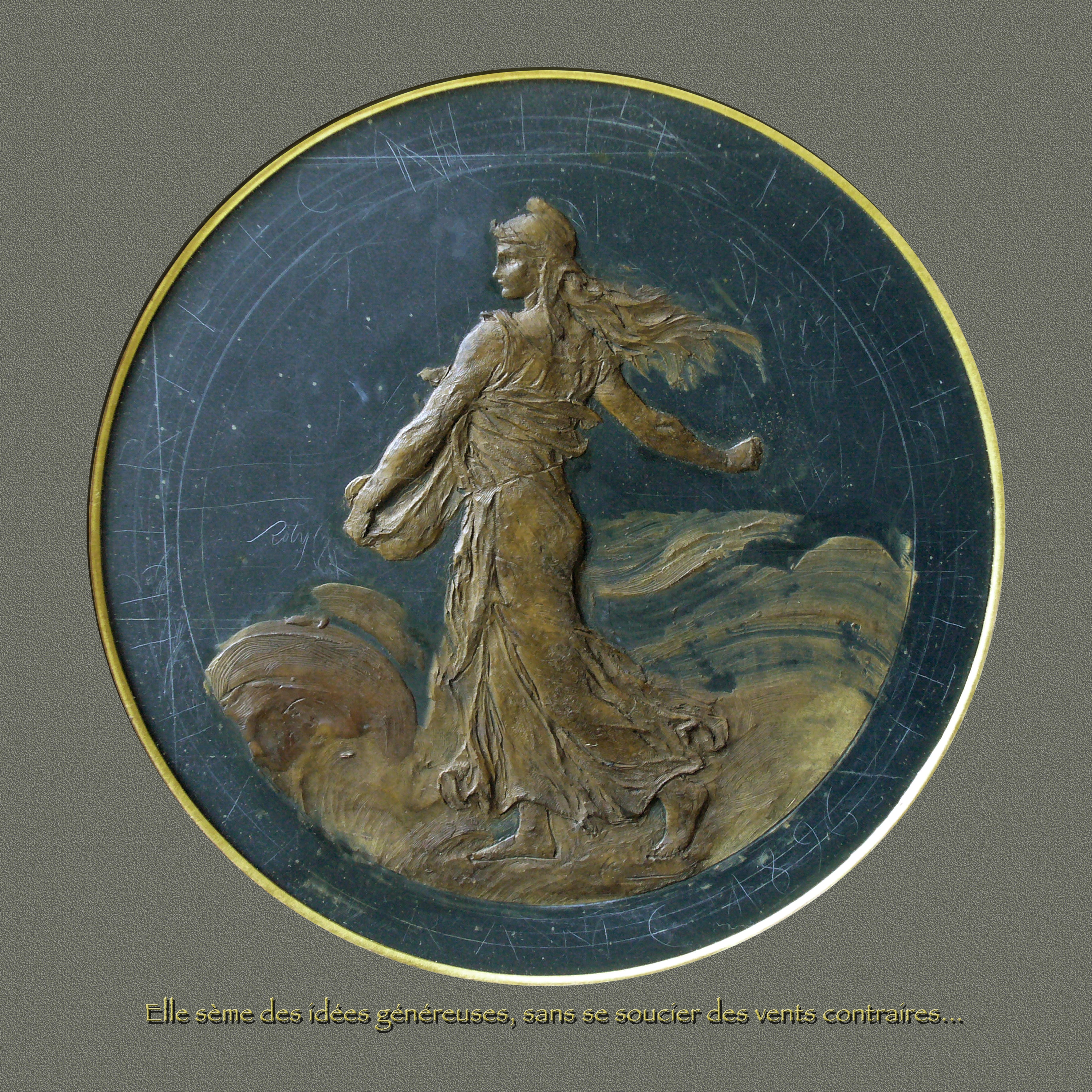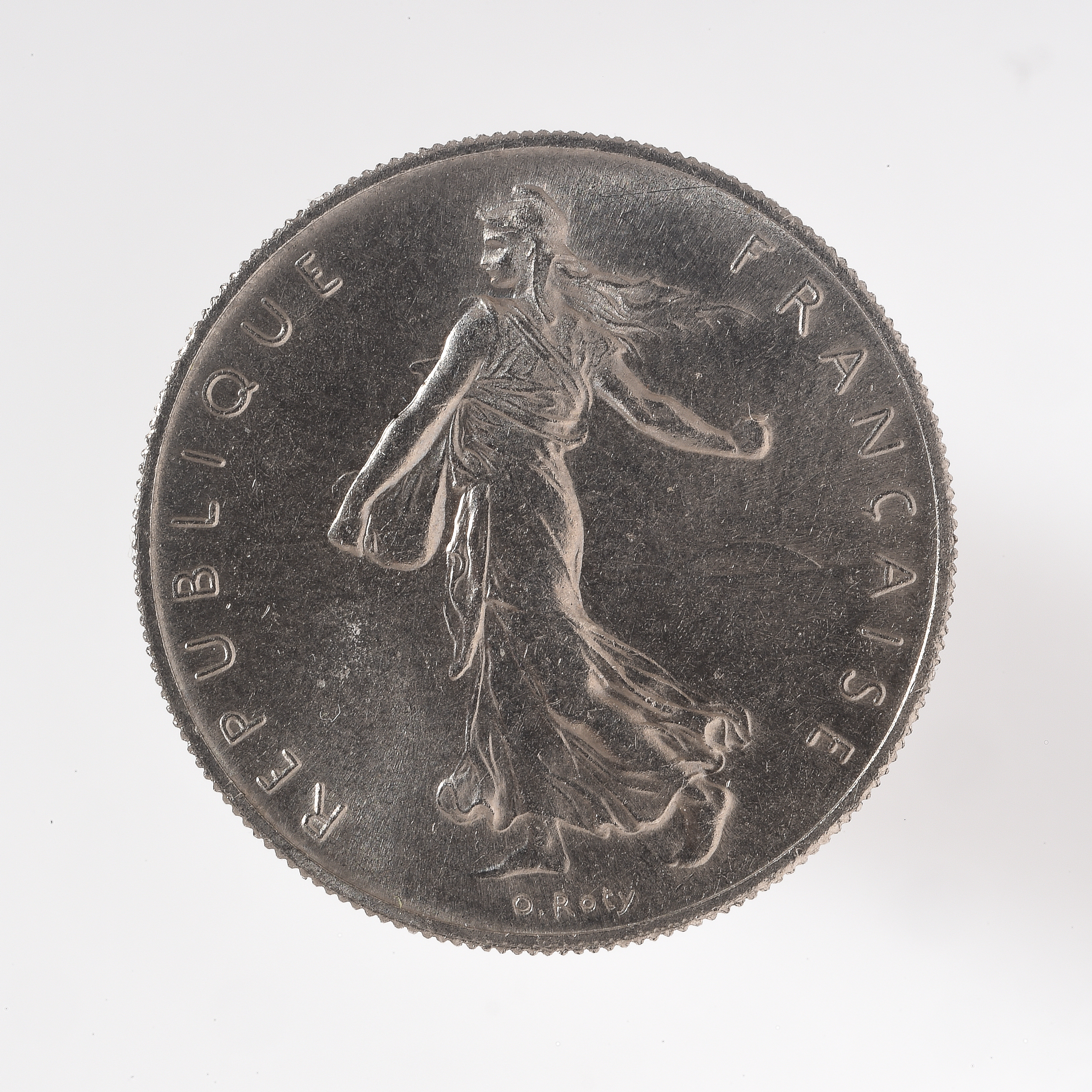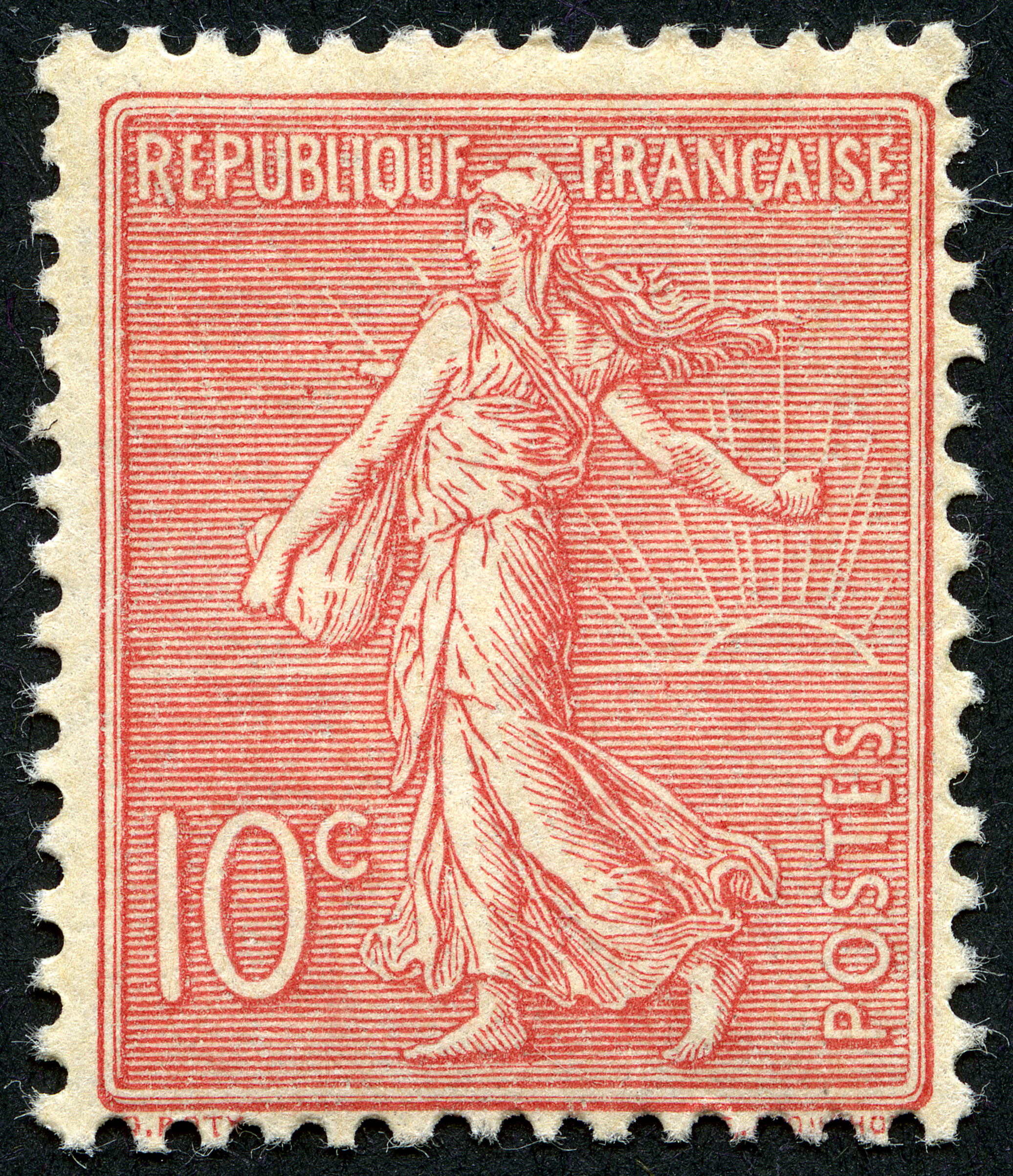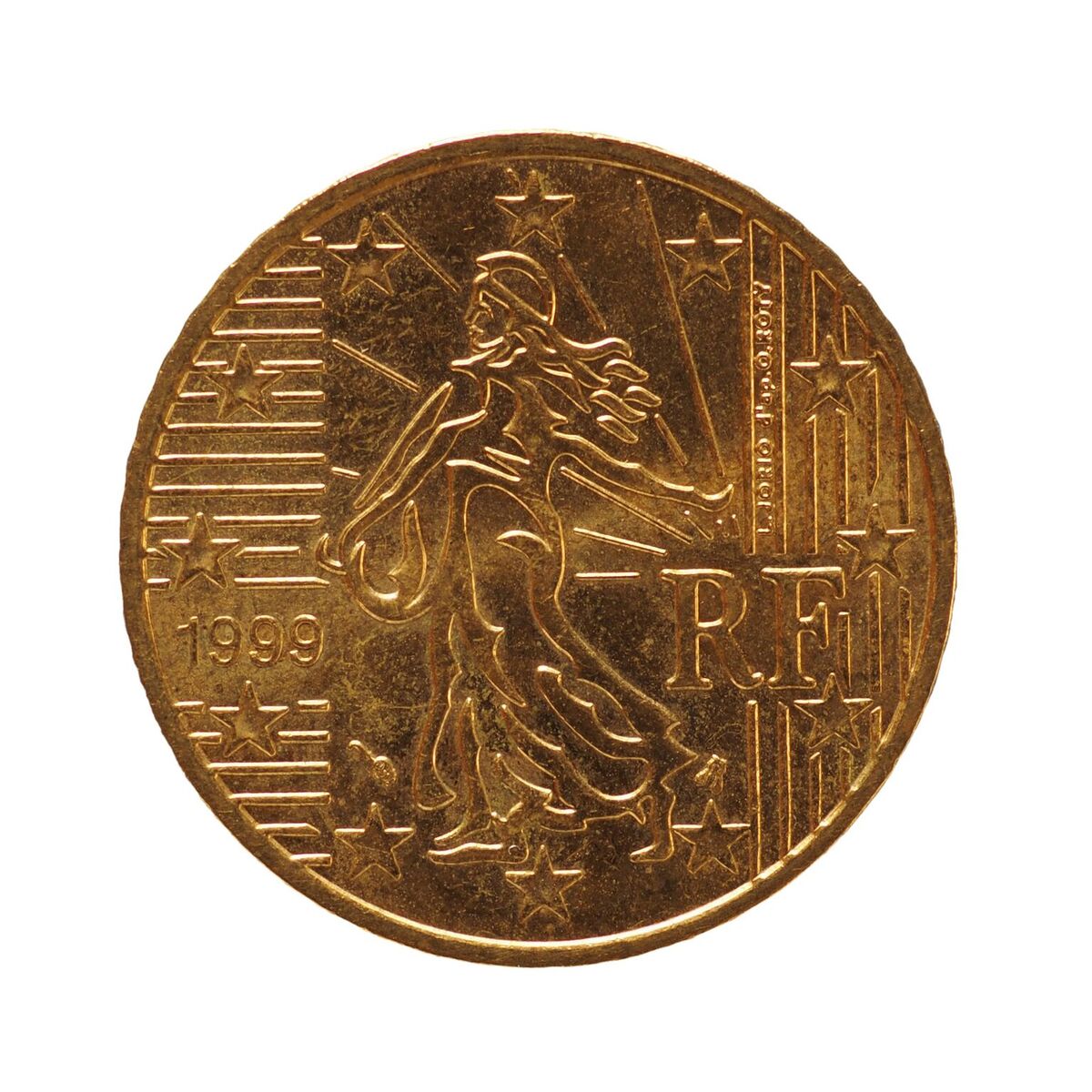How much do employees earn? Is your salary higher or lower than that of people doing the same job as you? And how does your salary compare to that of other professions?
These questions can be answered using INSEE (the French National Institute for Statistics and Economic Research) statistics on the distribution of median salaries by profession in France.
Check it out with this tool!
Duration: 5’
Languages: french, english, spanish
Who can play: everyone
Conception: Banque de France / Cité de l’Économie
Production: Opixido
Published on 27 January 2021. Updated on 13 June 2024
The first coins were created in the 17th century B.C.: a major milestone in the history of means of payment!
Travel to antiquity, in Lydia, where King Croesus created the first coins from electrum flakes carried by the river Pactolus.
Discover the minting technique and look at gold and silver Croeseids and archaic coins under a magnifying glass – all of them bear the symbols of royal power.
Duration: 5’
Languages: french, english, spanish
Who can play: everyone
Conception: Banque de France / Cité de l’Économie
Production: Opixido
Published on 06 January 2021. Updated on 22 April 2021
The State (in the broadest sense, including all public actors) is a major economic stakeholder. It levies taxes, duties and social security contributions on households and businesses to finance its activities for the benefit of the community.
As such, the State invests in infrastructure (stations, roads, social housing, etc.), provides non-market services (education, defence, security, etc.) and finances social benefits for the least advantaged households (family allowances, tax credits, etc.).
In our daily lives, we use a range of services. Some are provided by the State, some are offered by private companies, and some are partly public and partly private.
Can you differentiate between them?
Duration: 5’
Languages: french, english, spanish
Who can play: everyone
Conception: Banque de France / Cité de l’Économie
Production: Fleur de papier
Published on 05 January 2021. Updated on 13 June 2024
Have you thought about making your own banknote? Designing a banknote is like creating an artwork – with a certain number of guidelines to follow. Graphic designers must create banknotes with harmonious design and a clear and simple message, as a meaningful visual depiction of national and cultural identity. At the same time, they have to incorporate into its design a certain number of security and legal features.
Raised print, hologram, serial number, security thread, micro-perforations, colour-changing emerald number, microprint, incomplete see-through number, magnetic ink, ultraviolet ink, fluorescent fibres and other secret features... a banknote is a technological wonder which provides a daunting challenge to counterfeiters!
As you can see: banknote security is no joke!
This all means that banknotes are designed according to very strict guidelines. And yet these stringent specifications do not prevent illustrators and printers from showing creativeness and ingenuity.
After selecting the various security features, you will choose the illustrations next, positioning them to design the layout of your own banknote – which you will then be able to download.
This time, you’re the designer
Did you know?
On a banknote in euros, you will find its serial number along with the signature of the current President of the European Central Bank, the initials of the ECB (in five linguistic variants), the note’s year of copyright, the currency name (in both the Latin and the Greek alphabets), the note’s amount, a map of Europe and the twelve stars of the European flag... as well as a certain number of security features: the watermark, which you can see by holding the note against the light, is an image produced in the paper during the manufacturing process; the hologram is a three-dimensional image, which cannot be scanned, photographed or photocopied; and the metal or plastic security thread, which can be seen when held against the light, is embedded in the banknote paper.
Duration: 3’
Languages: French, English, Spanish
Who can play: everyone
Design: Banque de France / Cité de l’Économie
Production: Opixido
Published on 01 December 2020. Updated on 20 November 2023
There are all sorts of striking and staggering treasures in the Hôtel Gaillard vault’s safekeeping, including a superb collection of coins… well worth discovering and exploring!
Staters, obols, old shillings (sous), old pennies (denarii), écus, florins… check out the Croeseid (6 BC), the écu of King Louis IX and the "Standing Caliph" dinar. Use a magnifying glass to look at ancient coins (Persian, Classical and Hellenistic Greek, Roman and Gallic coinage), mediaeval or Renaissance coins, coins from the 17th, 18th, 19th and 20th centuries, Chinese coins or coinage from the Arab world.
Learn to decipher the captions and motifs on both sides of these coin, including monograms, mottos, portraits, stylised depictions, symbols and emblems.
Whether gold, silver, bronze, nickel or zinc, or made from an alloy such as electrum or billon, all of these coins are on display at the Cité de l’Économie.
Lenght : 10’
Languages : English, French, Spanish
Who can play : Everyone
Conception : Banque de France / Cité de l’Économie
Production : Opixido
Published on 16 August 2022. Updated on 13 June 2024
An array of treasures are displayed in Hôtel Gaillard’s vault. This is the banknote collection!
You are going to see more than a hundred banknotes: the first notes, including the Ming dynasty banknote, used in China as far back as 1368; the Swedish 100-daler banknote, which was the first European banknote (1666); assignats (interest-bearing certificates)… as well as brightly coloured notes from Africa, America, Asia, Europe and Oceania!
You’ll be able to admire such innovations as the "intaglio" technique, which produces a distinctively tactile texture, or the advantages of computer-aided design, with the "Antoine de Saint-Exupéry" 50-franc note.
You’ll be able to scrutinise the fake 100 new-franc note by the forger Bojarski who, for two whole decades, printed 300 million old francs from his cellar!
Lenght: 10’
Languages: English, French, Spanish
Who can play: Everyone
Conception: Banque de France / Cité de l’Économie
Production: Opixido
Published on 16 August 2022. Updated on 07 July 2020
Loans, savings, return, risk... We are all familiar with these words to describe a banker’s profession. But what’s it really like to assume this role for a time? What choices does your banker have to make on a day-to-day basis? Come and find out by putting yourself in his or her shoes right now, in our new fun and interactive game!
Banks are a key player in financing the economy. They grant loans to households and businesses to enable them to finance their plans. They also play a key role as a financial intermediary by collecting their customers’ available savings and offering a range of solutions to those with financing needs, either investments for their savings or by supporting businesses looking for funding through the issuance of shares rather than loans.
In every case, the choices depend on weighing the return against the risk:
- Before granting a loan, the banker weighs its expected return (the interest rate) against the risk incurred (the borrower’s solvency).
- The saver must also weigh the return (the profitability of investing his or her savings) against the risk (capital losses) in light of the solution the banker proposes.
But in the performance of their duties, banks must also strictly comply with the supervisory regulations so as to limit excessive risk-taking, which might jeopardise their future, especially if the loans they grant are not all paid back.
In this game, you’re the banker. Your aim is to support as many plans as possible, by granting loans. You are also going to propose savings products to your customers. But be careful, you need to comply with the regulations, and control the risks to which you expose your bank.
Lenght: 3’
Languages: English, French, Spanish
Who can play: Everyone
Conception: Banque de France / Cité de l’Économie
Production: Opixido
Published on 16 August 2022. Updated on 13 June 2024
The Sower has a surprising history. Created in 1887, its effigy was used in the 3rd, 4th and 5th Republics and was chosen to figure on one of the three French euro coins.
This figure has been familiar to French citizens since its creation. That very year, Oscar Roty, a well-known, talented engraver (Photo 1) designed a medal for the Ministry of Agriculture, but the project was unfinished (Photo 2). Eight years later, Paul Doumer, the incumbent Minister of Finance, chose Oscar Roty to engrave new coins. His brief was to create "a coin representing new ideas and showing the conception at that time of the Republic and the republican regime". At the end of the 19th century, the 3rd Republic, which saw the adoption of the Marseillaise as France’s national anthem and the 14 of July as its national day, looked for an emblem.
Oscar Roty took the effigy used for the agricultural medal but transformed it in form and in spirit. The figure lost its rural appearance in favour of an idealised representation (Photo 3). A woman walks with a determined gait, her hair and dress floating in the wind, wearing the Phrygian cap, while sowing a field, with the sun rising behind her. This was the first representation of the Republic by a standing figure in action rather than a face in profile.
These seeds that she is generously sowing are the countless ideas that one day may sprout and grow, when we are no longer here.
At the time, this image gave rise to violent debate, with some saying that this woman was sowing "disorder, anarchy and chaff".1 But the symbol is nevertheless clear: "these seeds that she is generously sowing are the countless ideas that one day may sprout and grow, when we are no longer here.2 It was an allegory of Marianne, or of the French Republic, illustrating the diffusion of Republican ideas by France worldwide and the spirit of liberty.
This image of the Republic became one of the emblematic figures of France’s national mythology. The Sower is depicted on the 2 franc, 1 franc and 50 cent coins issued between 1898 and 1920. In 1903, it was put on the stamp, entitled "Republic on the move, sower of ideas and rising sun" (Photo 4). Lastly, it was used as of 1960, when the New Franc was created, notably for the silver 5 franc coin.
The Sower thus became France’s most widely used work of art!
The popularity of this symbol was such that when the euro was created the Sower was chosen, with the bust of Marianne and the tree, as one of the three symbols of Republican France figuring on the national sides of the 10, 20 and 50 euro cent coins (Photo 5).
1 Le Moniteur, 28 February 1897.
2 La Liberté, 8 October 1898.
Sources:
Pierre Consigny, La France et sa monnaie, Imprimerie nationale éditions, Paris, 2001.
Maurice Agulhon, La Semeuse, official website of the Fondation and Musée Oscar Roty; www.oscar-roty.fr
Pierre Marc Chanterau, Oscar Roty : un graveur dans la république, www.oscar-roty.fr
Musée de la Poste, www.ladressemuseedelaposte.fr
Published on 08 February 2018. Updated on 13 June 2024
For more than twenty-five years, a draft banknote bearing the image of statesman Georges Clemenceau was crafted in the workshops of the Banque de France, in the strictest confidence. It was never issued. Here is the eventful story of this banknote, unknown to the general public.
In the mid-1950s, the Banque de France commissioned a complete range of banknotes ranging from 500 to 50,000 francs. This range was to be illustrated by highly esteemed and emblematic French personalities. After considering Foch, Corneille, Racine, Pasteur and Voltaire, the choice fell on Georges Clemenceau. He is above all known as "Father Victory" of 1918, to whom the Banque de France wishes to pay tribute by issuing a new banknote. This very military choice, just after the French defeat of 1954 in Indochina, is a reminder that France ranks among the world’s greatest powers and has not only experienced setbacks.
The first model presents Clemenceau wearing the hat he wore during his visits to the front-line trenches during the First World War (photo 1).
However, the historical events that followed altered this project. The French ministries were busy setting up the European Economic Community (EEC) and the European Atomic Energy Community (Euratom), which were created by France, West Germany, Belgium, Italy, Luxembourg and the Netherlands on 25 March 1957 with the Treaty of Rome. The Franco-German Treaty of Friendship was signed on 22 January 1963. During this period of reconciliation, it was considered diplomatically inappropriate to issue a banknote celebrating one of the key players in the German defeat of 1918.
The Banque de France kept the project close at hand and re-examined it regularly: the original illustrations were replaced and it was kept up to date through frequent technical improvements in order to be used in the event of massive counterfeiting of the 500 franc denominations in use.
The "Father Victory" was replaced by the "Tiger" with a long public career
On these new versions, the "Father Victory" was replaced by the "Tiger" with a long public career: Clemenceau was successively journalist, publisher, deputy, president of the Council. In 1977, the composition of the banknote was completely reviewed in order to integrate some of the new anti-counterfeiting security features, such as the perfect overlapping of the portraits on both sides. The new vignette, painted by Pierrette Lambert, features in its composition many very specific details that enrich its content and refine its contours, to make it harder for counterfeiters to copy the banknote.
Clemenceau was subsequently presented bareheaded, in the more solemn stature of a statesman. On the front of the banknote (photo 2), he is seated in his study, in the apartment at 8, rue Benjamin Franklin in Paris, which is today the Clemenceau Museum. We discover the interior of his Parisian home, with its famous U-shaped desk, on which stands, in front of the bay window, a statuette of Buddha. The watermark constitutes a pool of light flooding the study, through the closed window. Mirroring Clemenceau’s private sphere, the back of the banknote (photo 3) illustrates his public life. His portrait, placed in front of the perch of the National Assembly, evokes his parliamentary life and his talent as an orator. We recognise in particular the famous relief by the sculptor Lemot displaying republican symbols. On the left, the statue of Athena, goddess of wisdom and war, underlines Clemenceau’s attachment to Hellenic culture and his action during the 1914-1918 war. On the right, the books refer to his talents as a writer and his career as a journalist.
In 1979, a new version of the banknote was ready to be issued but it finally suffered the same fate. The creation of the European Monetary System (EMS) made it once more untimely to issue this banknote.
In the early 1980s, a quarter of a century after the first projects, the "Clemenceau" banknote was, technically, at the end of its rope: without a very substantial overhaul, it could not feature all the technological innovations that must be integrated in the banknotes. From a symbolic perspective, the reference to Clemenceau remained delicate. The Franco-German couple (Pompidou-Brandt then Giscard d’Estaing-Schmidt) broadened the scope of cooperation: the rapprochement was extended to educational exchanges, the movement of people, military aspects and defense. It culminated in 1984 when President Mitterrand and West German Chancellor Kohl symbolically held hands during the performance of the two national anthems in Douaumont, the resting place of tens of thousands of victims of World War I.
The Cité de l’Économie et de la Monnaie will present a proof of this unissued banknote, taken from the collection of the Banque de France, which is one of the masterpieces of the French school of banknotes.
You will find more detailed information on the lengthy progress of the Clemenceau banknote project, in the book by Jean-Claude Camus, "Billets secrets de la Banque de France" (2017) published by Artelia.
We would like to thank the Clemenceau Museum which graciously provided us with photos 4, 5 and 6 illustrating this article.
Photo credits:
Photos 1, 2 and 3: Paris, Banque de France collection
Photos 4, 5 and 6: Paris, Clemenceau Museum collection
Published on 25 October 2017. Updated on 27 February 2024
Gross domestic product (GDP) measures the flow of wealth created each year in a country but does not take into account domestic work. According to Insee, unpaid work performed in the family sphere (cleaning, caring for children, gardening, etc.) would represent in France a third of GDP. Here is an application that enables you to calculate the value of your domestic activities.
You can value 14 activities, such as cooking, washing up, shopping, cleaning, DIY, gardening, homework assistance, etc. Each one fulfills the three criteria defined by Insee, to characterise domestic work: to be productive, not to be paid and to be liable to be entrusted to others.
Once you have entered into the calculator the time you spend, each week, for each activity, the application will issue an assessment including: a percentage breakdown of your various activities, the value of each and their total value. You can then share the calculation of this value with your friends on social networks.
In addition, "Value your time!” features information sheets ("More info"section) on various topics: methods for calculating domestic work, women-men comparisons, etc.
Language: French, English
Produced by the Cité des sciences et de l’industrie in collaboration with Insee, the webapp "Value your time" is the adaptation of a multimedia from the exhibition "L’économie: krach, boom, mue?" (2013), developed in partnership with Citéco/Cité de l’Économie et de la Monnaie.
Feel free to also watch our video on growth, GDP and its limits.
Published on 30 October 2017. Updated on 09 March 2022

